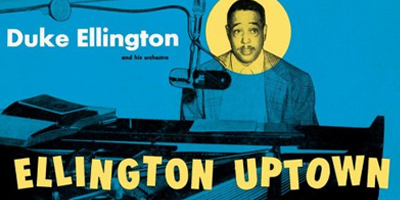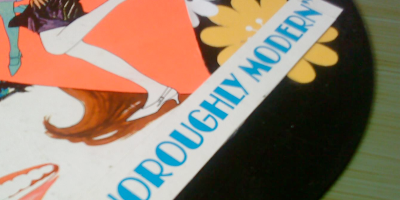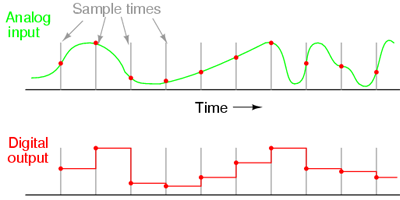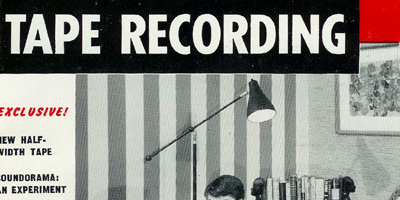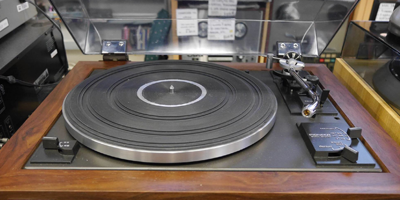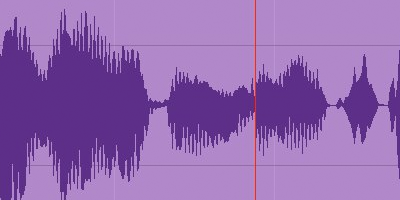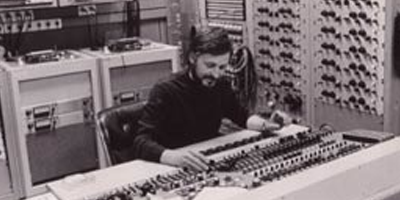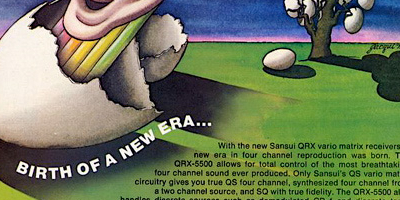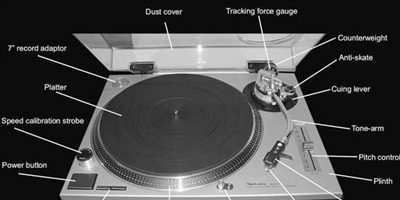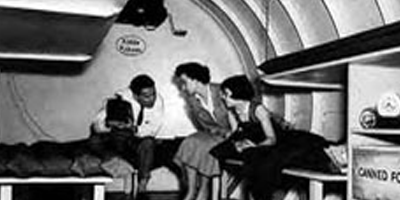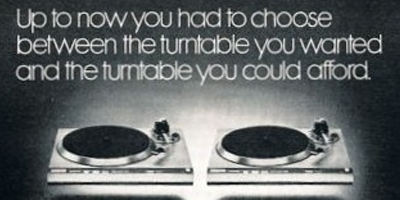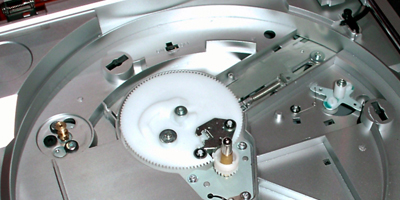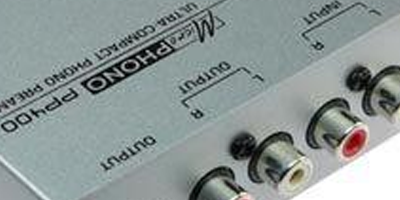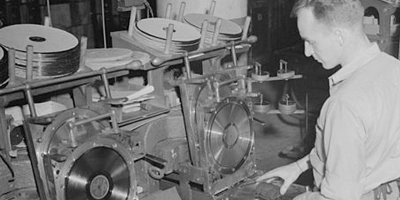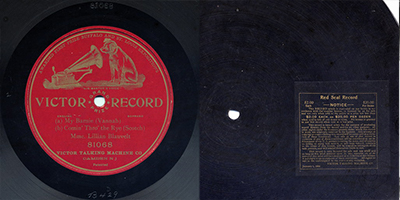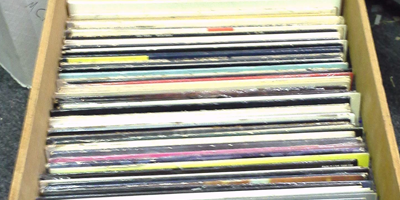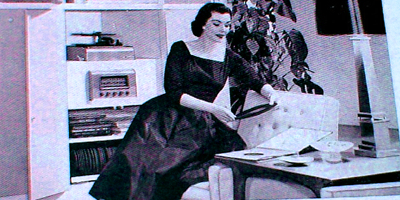Beginning with the comparison of Mono and Stereo recordings, it was typical that both mono and stereo records were made from the late 1950s until around 1970 when they ceased production of mono records. While the records were created from the same performance that is not to say that they sound exactly the same.
Many times there were both mono masters and stereo masters and each was produced separately from the same “multi-track” studio tapes. (Note: studio recordings of the original performances increased over the years from 2 track, to 3 track, to 4 track, to 8 track, and beyond). These tracks were combined and “mixed down” to a single channel for mono records, or to two channels for stereo records.
Exactly how this mixing process occurred and how much emphasis was given to each of the studio multi-tracks affected the resulting mono and stereo versions. Some fans of mono records feel as though the mono versions have more “punch” than their stereo counterparts. This could be due to the fact that all sounds are present on both sides of the record groove which would act to reinforce the sound.
Mixing and mastering was a very labor intensive process with the little differences between the two being thought of as having little consequence or care. And of course some differences were done on purpose. Many single versions differed greatly from their album equivalent in terms of the mix and the aural qualities because single versions were intended for AM radio airplay or for play on 45rpm record players and juke boxes.
 Sign Up For Our Newsletter
Sign Up For Our Newsletter




